Celebrating National Otter Day: The Importance of Otters in Florida’s Ecosystem
Welcome to National Otter Day, where we shine a spotlight on these adorable and essential creatures in Florida’s diverse ecosystem. These playful animals not only bring joy to those who observe them but also play a crucial role in maintaining the balance of our environment. Join us as we dive into the world of otters and discover why they are so important for the health and sustainability of Florida’s natural habitats.
Introduction to National Otter Day and its significance
National Otter Day is a special day dedicated to raising awareness and celebrating the importance of otters in Florida’s ecosystem. This annual event falls on the last Wednesday of May, which this year happens to be May 26th. It was first established by the International Otter Survival Fund (IOSF) in 2014, with the aim of educating people about these charismatic creatures and their vital role in maintaining a healthy environment.
Otters are semi-aquatic mammals that belong to the family Mustelidae, which also includes weasels, ferrets, and badgers. In Florida, there are two species of otters found: the river otter (Lontra canadensis) and the North American river otter (Lutra canadensis). These playful animals can be spotted near freshwater sources such as rivers, lakes, swamps, and marshes.
The significance of National Otter Day lies in highlighting the crucial role that otters play in Florida’s ecosystem. These furry creatures have a major impact on their surroundings as they act as an indicator for overall environmental health. Their presence or absence from an area serves as a measure of habitat degradation or restoration.
Otters mainly feed on fish, crustaceans like crabs and crayfishes, frogs, turtles, birds’ eggs, small mammals such as mice and rats. This diverse diet makes them important indicators for aquatic food webs’ health since any decline or loss in prey populations could affect other species higher up on the chain.
Moreover, otters are considered keystone species because they create habitats that benefit other organisms through their activities like digging burrows along banks that provide shelter for other animals. Their hunting behavior helps regulate prey populations’ growth rate while also controlling invasive species’ spread.
In addition to their ecological significance, otters also have cultural importance among Floridians. Indigenous communities often hold them in high regard due to traditional beliefs and myths surrounding them. Otters are also beloved by many Floridians, and they serve as a source of pride for the state.
National Otter Day is an essential event that aims to educate people about otters’ importance in Florida’s ecosystem. It serves as a reminder that these playful animals are not just cute but also fulfill critical roles in maintaining a balanced and healthy environment. So, on May 26th, let us all celebrate National Otter Day by learning more about these fascinating creatures and appreciating their significance in our lives.
What are otters and their role in the Florida ecosystem?
Otters are a fascinating and integral species in the Florida ecosystem. These semiaquatic mammals belong to the Mustelidae family, which also includes weasels, badgers, and ferrets. In Florida, there are two species of otters – the North American River Otter (Lontra canadensis) and the Neotropical Otter (Lontra longicaudis). The North American River Otter is found throughout most of North America, while the Neotropical Otter has a more limited range in South America.
One of the most notable roles that otters play in the Florida ecosystem is their impact on controlling populations of prey species. As opportunistic predators, otters feed primarily on fish, crustaceans, and amphibians. By regulating these populations, they help maintain balance within their ecosystems. This is particularly important in areas where certain prey species may become overpopulated if not kept in check by natural predators.
Additionally, otters have a significant impact on aquatic vegetation through their feeding habits. They consume large amounts of shellfish and other bottom-dwelling organisms that can harm seagrass beds and other aquatic plants if left unchecked. In this way, otters indirectly contribute to maintaining healthy habitats for many other species that rely on these plants for shelter and food.
Otters also serve as an indicator species for overall environmental health. Being at the top of their food chain makes them vulnerable to any disturbances or pollution present in their habitat. Thus, monitoring changes in otter populations can provide valuable insights into the overall health of an ecosystem.
Furthermore, as keystone species, otters have a ripple effect on multiple levels within their ecosystems. Their presence alone can significantly influence other animal populations’ behavior and distribution due to predation pressure or competition for resources such as food or shelter.
In addition to these ecological roles, otters also bring great economic value to Florida’s ecosystem. Many tourists flock to the state to see these charismatic animals in their natural habitats, contributing to local economies through ecotourism and recreational activities such as otter watching and kayaking.
Otters play a vital role in maintaining a healthy and balanced ecosystem in Florida. From controlling prey populations to serving as an indicator of environmental health, these adorable creatures contribute significantly to the state’s biodiversity. It is crucial that we continue to protect and conserve otters’ habitats to ensure their continued presence in Florida’s ecosystems for generations to come.
History of otters in Florida and how they have impacted the environment
Florida, also known as the “Sunshine State,” is home to a diverse range of wildlife, including the charming and playful otters. These semi-aquatic mammals have been an integral part of Florida’s ecosystem for centuries, playing a vital role in maintaining balance and harmony in their habitats. In this section, we will delve into the history of otters in Florida and how they have impacted the environment.
The history of otters in Florida can be traced back to prehistoric times when they roamed freely across the state’s waterways. However, their population began to decline rapidly during the 19th century due to habitat destruction and overhunting for their luxurious fur. By the early 1900s, otters had disappeared from many parts of Florida, with only small populations remaining in remote areas.
Fortunately, conservation efforts and stricter hunting regulations were put in place to protect these charismatic creatures. As a result, otter populations began to rebound throughout the state in the late 20th century. Today, there are three species of otters found in Florida – river otters (Lontra canadensis), sea otters (Enhydra lutris), and North American river otters (Lontra longicauda).
Otters primarily inhabit freshwater ecosystems such as rivers, lakes, swamps, and wetlands but can also be found along coastal regions. They are opportunistic feeders and play a crucial role as top predators in their food chain by keeping prey populations under control. Their diet mainly consists of fish, crustaceans, amphibians, reptiles like turtles and snakes, birds’ eggs or hatchlings – making them essential components of aquatic communities.
Apart from controlling prey numbers directly through predation, these furry mammals also indirectly benefit other species by creating healthier habitats. Otters dig tunnels on banks where they live; these tunnels provide homes for other animals like frogs who seek shelter inside them. Furthermore, their burrowing activities help to aerate soils and improve water quality by increasing the oxygen levels in the soil.
Additionally, otters are also crucial for maintaining a healthy fish population. They feed on invasive species, such as tilapia and crayfish, which can disrupt the natural balance of Florida’s aquatic ecosystems. By controlling these invasive species, otters prevent them from outcompeting native fish species for resources, thus promoting biodiversity.
Otters have played a significant role in shaping Florida’s ecosystems throughout history. Their presence helps to maintain ecological balance and supports other wildlife populations. Therefore, it is essential to continue conserving these charismatic creatures to ensure that they continue to thrive in the “Sunshine State.”
The importance of preserving otter habitats in Florida State Parks and State Forests
Otters are a beloved and iconic species that can be found in many of Florida’s State Parks and State Forests. These charismatic creatures play a crucial role in maintaining the balance of our ecosystem and contribute to the overall health and diversity of our natural spaces. However, otters face numerous threats to their habitats in Florida, making it essential for us to prioritize their preservation.
One of the main reasons why preserving otter habitats is so vital is because they are considered a keystone species. This means that they have a disproportionately large impact on their environment compared to their abundance. Otters help maintain healthy aquatic ecosystems by feeding on fish, crustaceans, and other aquatic creatures that can become overpopulated if left unchecked. By regulating these populations, otters ensure that other species within the ecosystem have enough resources to thrive.
Moreover, otters also serve as an indicator species, meaning any changes in their population or behavior can signal underlying issues with the environment. For instance, if otter populations decline due to pollution or habitat destruction, it could indicate larger problems with water quality or degradation of their habitat. Therefore, monitoring otter populations can provide valuable insights into the overall health of our state parks and forests.
Additionally, preserving otter habitats is crucial for maintaining biodiversity within these areas. As top predators in the food chain, otters play a significant role in preventing one particular species from dominating an ecosystem. This allows for a more diverse range of plants and animals to coexist harmoniously within these natural spaces.
Furthermore, preserving otter habitats also has economic benefits for Florida’s state parks and forests. These areas attract tourists who come to observe wildlife like otters in their natural habitat. The presence of these charismatic animals adds value to ecotourism activities such as kayaking tours or nature hikes within these areas.
Protecting otter habitats in Florida’s State Parks and State Forests is crucial for maintaining ecological balance, promoting biodiversity, and supporting the local economy. As stewards of these natural spaces, it is our responsibility to ensure that otters have a safe and healthy environment to thrive in for generations to come. By taking steps to preserve their habitats, we can not only celebrate National Otter Day but also help protect the well-being of our entire ecosystem.

How workampers can help protect and conserve otters in their work assignments
Workampers, also known as nomadic workers or RVers, have the unique opportunity to travel and work in various locations across the country. As they move from place to place, they can play a crucial role in protecting and conserving local wildlife, such as otters. In this section, we will explore how workampers can help protect and conserve otters in their work assignments.
Firstly, it is important for workampers to educate themselves about otters and their habitats. Otters are semi-aquatic mammals that live in both freshwater and coastal environments. They play a vital role in Florida’s ecosystem by maintaining the balance of aquatic food webs and regulating fish populations. However, due to habitat loss, pollution, and human disturbance, otter populations have been declining in recent years.
As workampers embark on their journey to different work assignments, they should research local areas where otters are known to inhabit. By familiarizing themselves with these areas, they can actively avoid causing any disturbance to the otters’ natural habitats.
One way for workampers to directly contribute to otter conservation is by volunteering at wildlife rehabilitation centers or rescue organizations. These facilities often rely heavily on volunteers for daily care tasks such as feeding and cleaning enclosures. By lending a helping hand at these centers, not only do workampers get an up-close experience with otters but also provide much-needed support for their care.
Moreover, many campgrounds and outdoor recreational facilities are located near water bodies where otters reside. Workampers can use this proximity to keep an eye out for potential threats or disturbances caused by human activities such as littering or boating too close to otter habitats. By reporting any concerning behavior or incidents observed around these areas, workampers can help prevent harm from being caused to these vulnerable creatures.
Another way for workampers to assist with protecting and conserving otters is by promoting responsible tourism practices. This can include educating campers and visitors about the importance of respecting wildlife and their habitats, as well as properly disposing of waste to prevent pollution in the otters’ environment.
Workampers have a unique opportunity to contribute to otter conservation efforts through their work assignments. By educating themselves, volunteering, reporting incidents, and promoting responsible tourism practices, they can play an essential role in protecting these charismatic creatures for future generations to enjoy. Let us all do our part in celebrating National Otter Day by taking action towards preserving these vital members of Florida’s ecosystem.
Please Like, Share, Comment and Subscribe to our Newsletter.
We would also love to feature women RVers in our blog. If you would like to share a story or two then please get in touch using our CONTACT Form. Of course, you can also support this blog by purchasing some items from our online store – CLICK HERE!

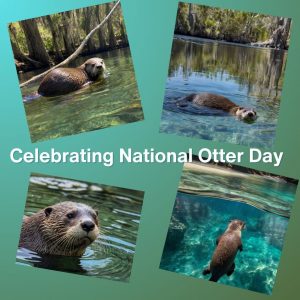
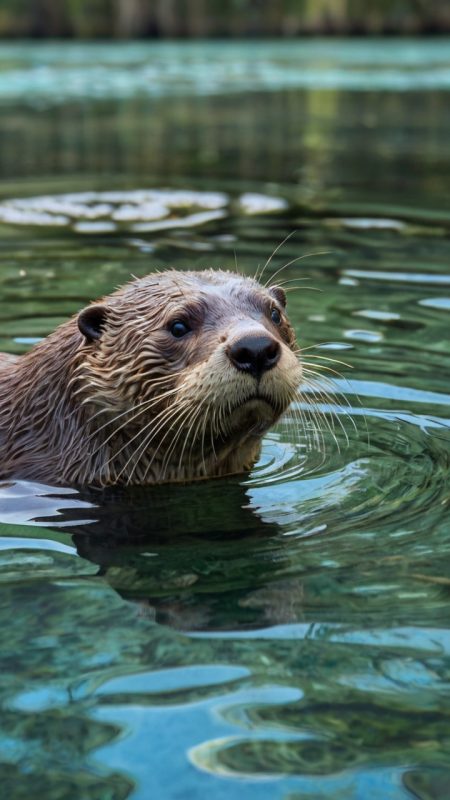
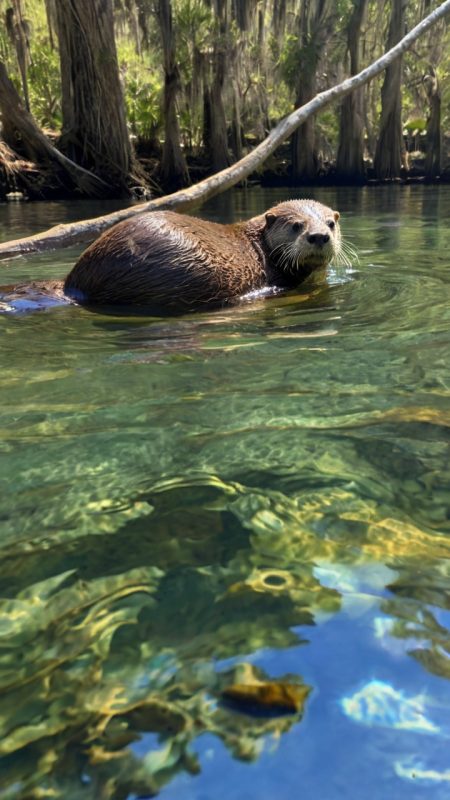
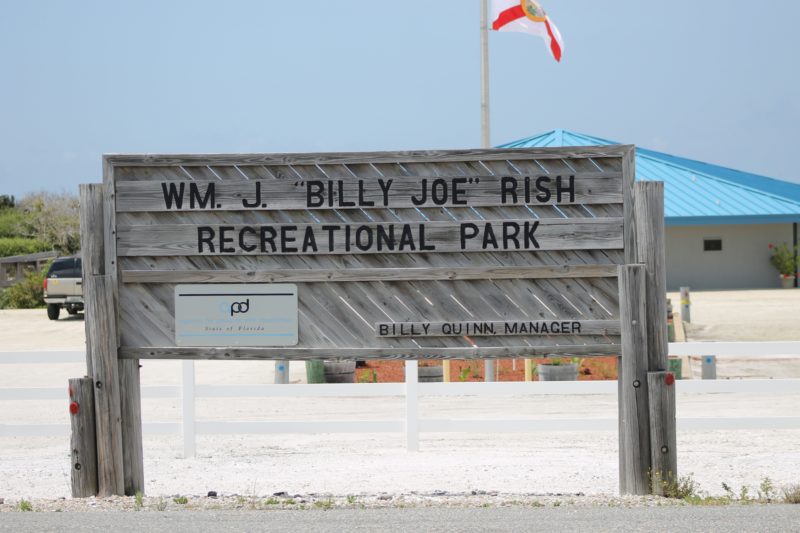


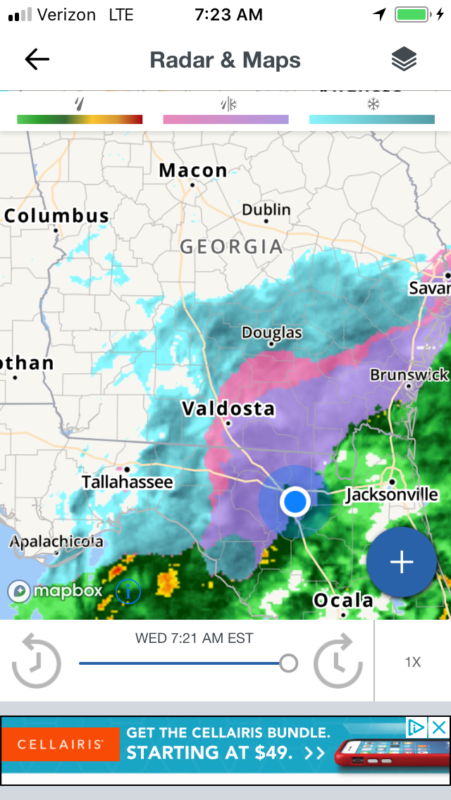
You must be logged in to post a comment.